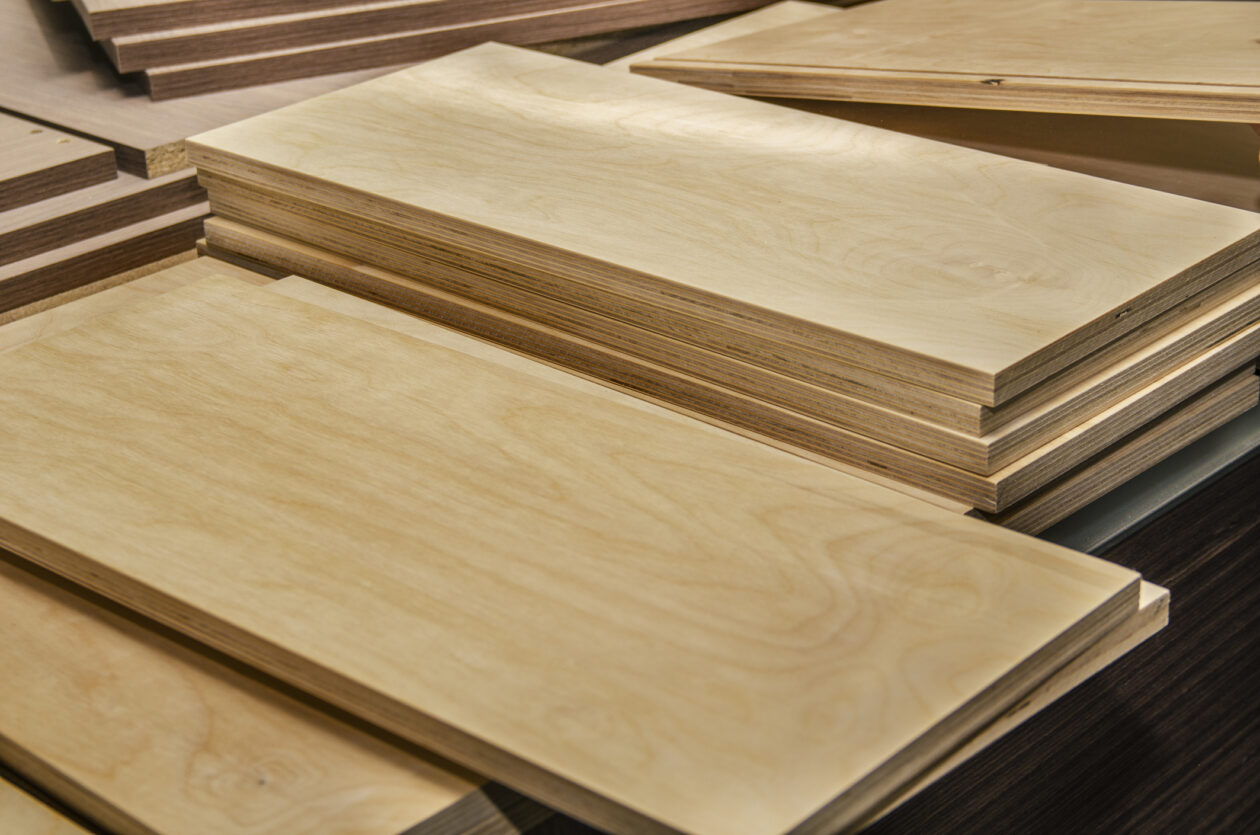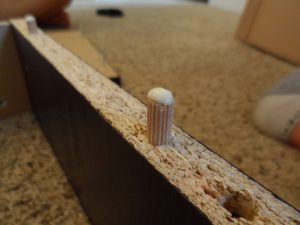Plywood is one of the most universal building materials on the market. It can be used for all kinds of construction – from roof building and partition walls to cabinets and sheds.
Over 20 types of plywood exist, all with different properties. Some plywood is considered fully waterproof and suitable for external use (like Exterior Grade plywood, Water Boiled Proof plywood, and Marine Grade plywood).
Other types of plywood can handle some moisture, but shouldn’t be left in wet conditions for an extended period. When plywood gets wet, it can sometimes be dried, flattened, and used in construction projects.
However, it’s important to assess the damage and evaluate whether it can still perform its expected duties after water exposure. When plywood splits or becomes severely disfigured from water damage, it may be unsavable.
Keep reading to learn how to dry wet plywood step by step and what happens if plywood gets wet.
Can Plywood Get Wet?
Most types of plywood have a degree of water resistance, so they can get slightly wet and still be usable. The most waterproof plywood types are WBP plywood (water-boiled proof) and Marine Grade. These are pressure-treated and use waterproof glue to bond the thin sheets of veneers together.
Apart from waterproof plywood, most standard plywood panels should not be left in standing water, submerged in water, or left out in heavy rainfall. It can withstand some moisture, like from morning dew, a small leak, or light rainfall.
But heavy water exposure can damage the panels. When moisture gets into the veneer layers, it can cause them to split. The longer plywood is exposed to moisture without being dried, the less likely it will be usable.
When this happens, plywood sheets should not be used for any structural or load-bearing construction (like partition walls, subfloors, roof sheathing, or cabinet building). The wet wood won’t be able to withstand the weight, causing structures to collapse in a short period.
Plywood can sometimes still be used after it’s gotten wet, provided it’s dried and the damage isn’t too severe. For example, if the plywood sheets are slightly warped, they can be dried and flattened.
How Do You Dry Wet Plywood Fast?
Plywood panels can be dried in a couple of days, provided it’s done in the right way. How long plywood takes to dry mostly depends on the thickness of the plywood. As expected, thicker plywood and larger panels take longer to dry than thinner sheets.
Here’s how to dry wet plywood fast step-by-step.
1. Separate Wet Plywood
If the plywood panel is already fitted to part of a construction project, you’ll need to remove it. For example, if the wet plywood panel is already fixed to a subfloor, roof sheathing, or shed.
Remove nails, screws, and other fixings from the wet panel before drying. Otherwise, water can pool up in the crevices behind the fixings, taking the panel longer to dry.
If the wet plywood is part of a stacked pile or pack, remove all plywood panels from the pack so they can be dried individually. Drying a pack of plywood panels without separating them will take longer. It can also cause wood mold on the surface.
2. Wipe Excess Water
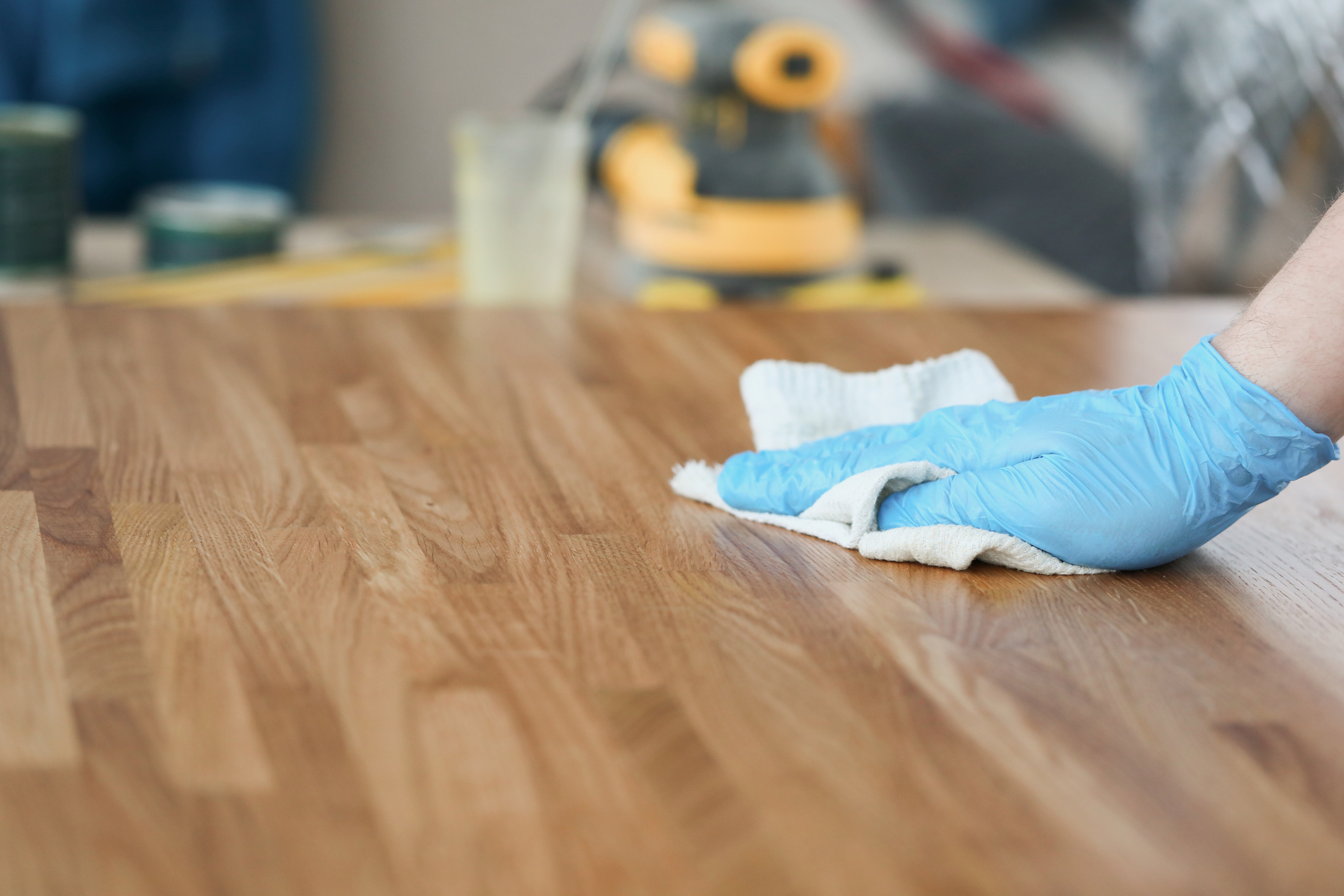
Before drying, it’s important to remove any pools of water on the plywood panel. If there are puddles on the surface, tilt the plywood panel to drain away the water.
Then, use a paper towel or a microfiber cloth to wipe away any remaining excess. Use as many dry cloths as needed to dry the surface as much as possible. Make sure you dry both sides of the plywood panel and wipe the edges.
3. Move Indoors or Under the Sun
Next, move the plywood somewhere dry. This should ideally be somewhere indoors with low humidity.
Avoid leaving wet plywood in a damp basement, cold garage, or drafty shed. The cool, damp conditions will keep the plywood wet for longer, which can cause further warping.
Alternatively, plywood can be left outside in direct sunlight. Don’t leave wet plywood outside if the weather is cold (less than 59°F or 15°C), if there is no sunlight, in high humidity conditions, or if rain is likely.
Don’t leave wet plywood outside overnight or early in the morning. Morning and evening dew/moisture can get onto the plywood, preventing it from drying quickly.
4. Raise the Plywood Off the Floor
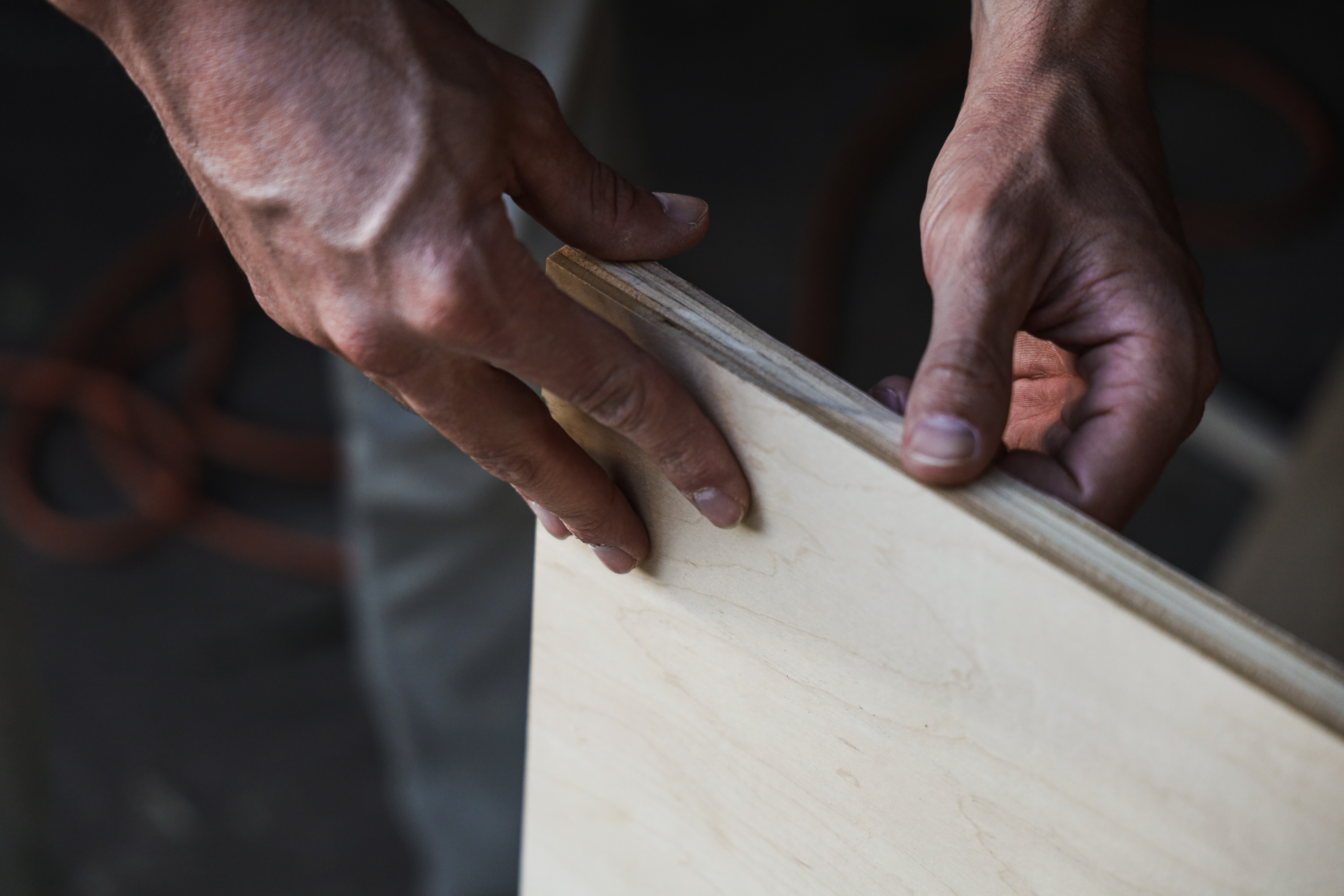
When drying plywood indoors or somewhere warm/dry, raise it off the ground. This lets air and heat get to the underside of the plywood, helping it dry faster.
Ideally, the plywood should be raised around 1.5 feet or 50cm off the ground. Use a dry, sturdy cardboard or plastic box, or a work table, laying the wet wood transposed to the wood.
I.e., If the plywood panel is a rectangle, position the table vertically and place the plywood horizontally across the table. This maximizes air circulation beneath the table, helping it dry faster.
If there is no way to raise the plywood panel, consider leaning it against a wall or other surface. Just be mindful that the top end of the plywood panel can cause watermarks on the wall.
Leaning a panel also is not the fastest method to dry plywood compared with raising it off the floor and keeping it flat.
5. Heat the Room
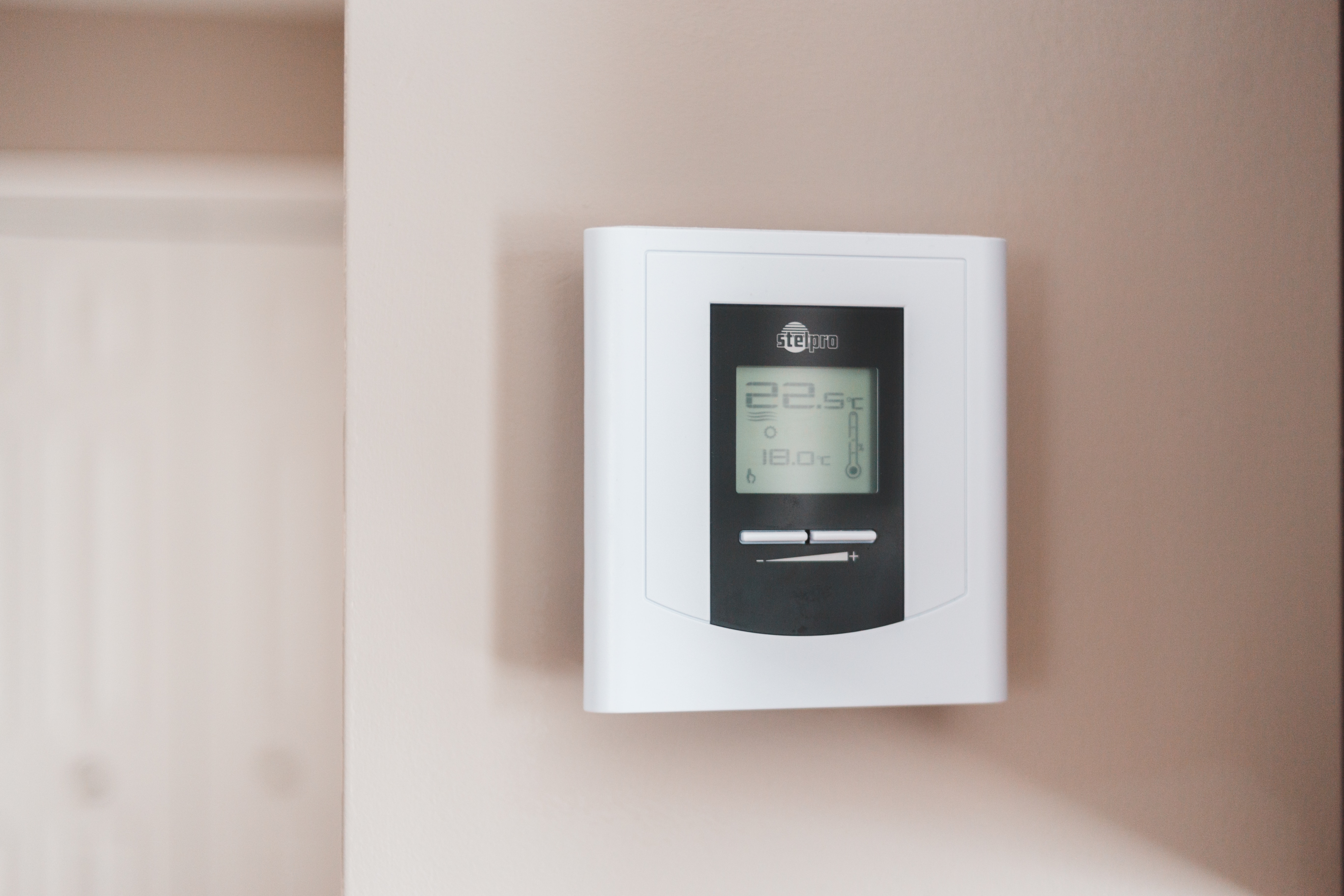
To dry wet plywood quickly, increase the temperature in the room. Turn the radiator on and increase the thermostat to 68°F or 20°C and above. Or place an electric heater in the room to raise the temperature.
Turning on a humidifier in the room with the wet plywood will dry it significantly quicker. Multiple high-powered fans can also be left in the room. If not using a humidifier or fans, keep an eye on the moisture levels in the room.
As the plywood dries, the humidity can increase, which will prevent the plywood from drying. If the windows start condensing, open a window slightly for ventilation and to prevent humid conditions.
Remember, don’t leave an electric heater on for too long unattended.
6. Rotate the Plywood Panel
Speed up the drying process by rotating the wet plywood panel every few hours. This ensures the areas propping up the wet plywood have the chance to dry.
It also exposes the underside to more of the heat from the room or direct sunlight (if drying the panel outside), helping it dry faster.
If the panel is leaning against a surface, rotating the panel regularly also ensures moisture doesn’t pool at the bottom. It also dries the edges where the panel is touching the walls and floor quicker.
7. Wait Several Days
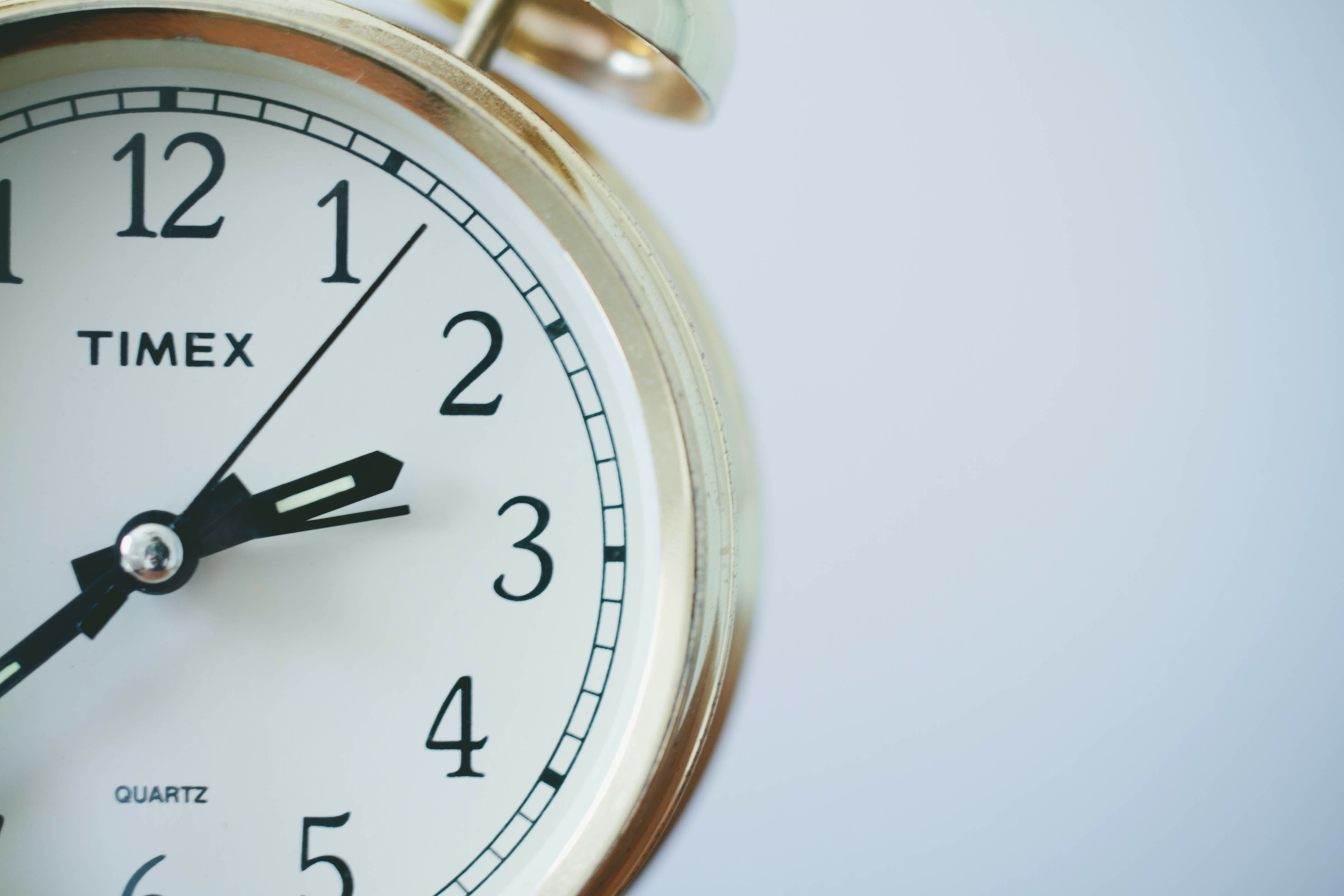
Leave the plywood in position (rotating regularly) for a couple of days. Most large plywood panels should dry within 2-3 days, depending on how warm the surrounding environment is.
The thicker the plywood panel, the longer it will take to dry. Plywood panels with ¼ inch thickness can dry in as little as 24 hours. However, the longer you wait to dry plywood, the better.
8. Fix Warped Areas
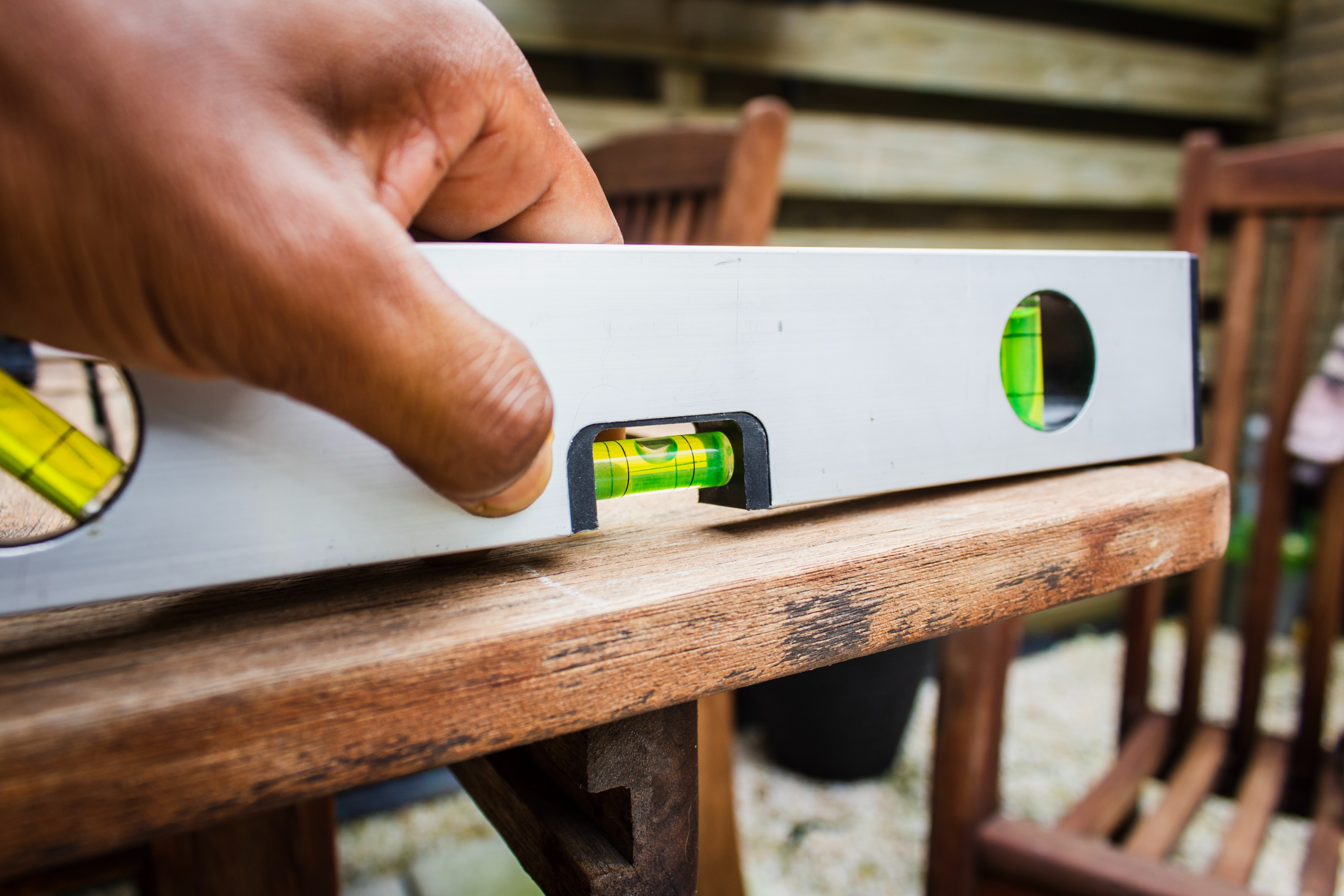
Wet plywood becomes warped. The wetter the plywood panel is, the more curvature the warping will have. Depending on the construction project, slightly cupped sheets of plywood are still usable as it is.
For example, when using plywood for roof sheathing or building a subfloor from plywood, a slight bend in the plywood is not problematic. When the sheets are laid and attached to joists, the warping is unnoticeable.
However, warped plywood shouldn’t generally be used for cabinet building or furniture making. Likewise, plywood with a heavy concave and convex or split wood fibers will be difficult to use for most projects.
Once the plywood is fully dry, it can be flattened to remove warping. Read our guide on how to flatten warped plywood.
9. Continue Construction
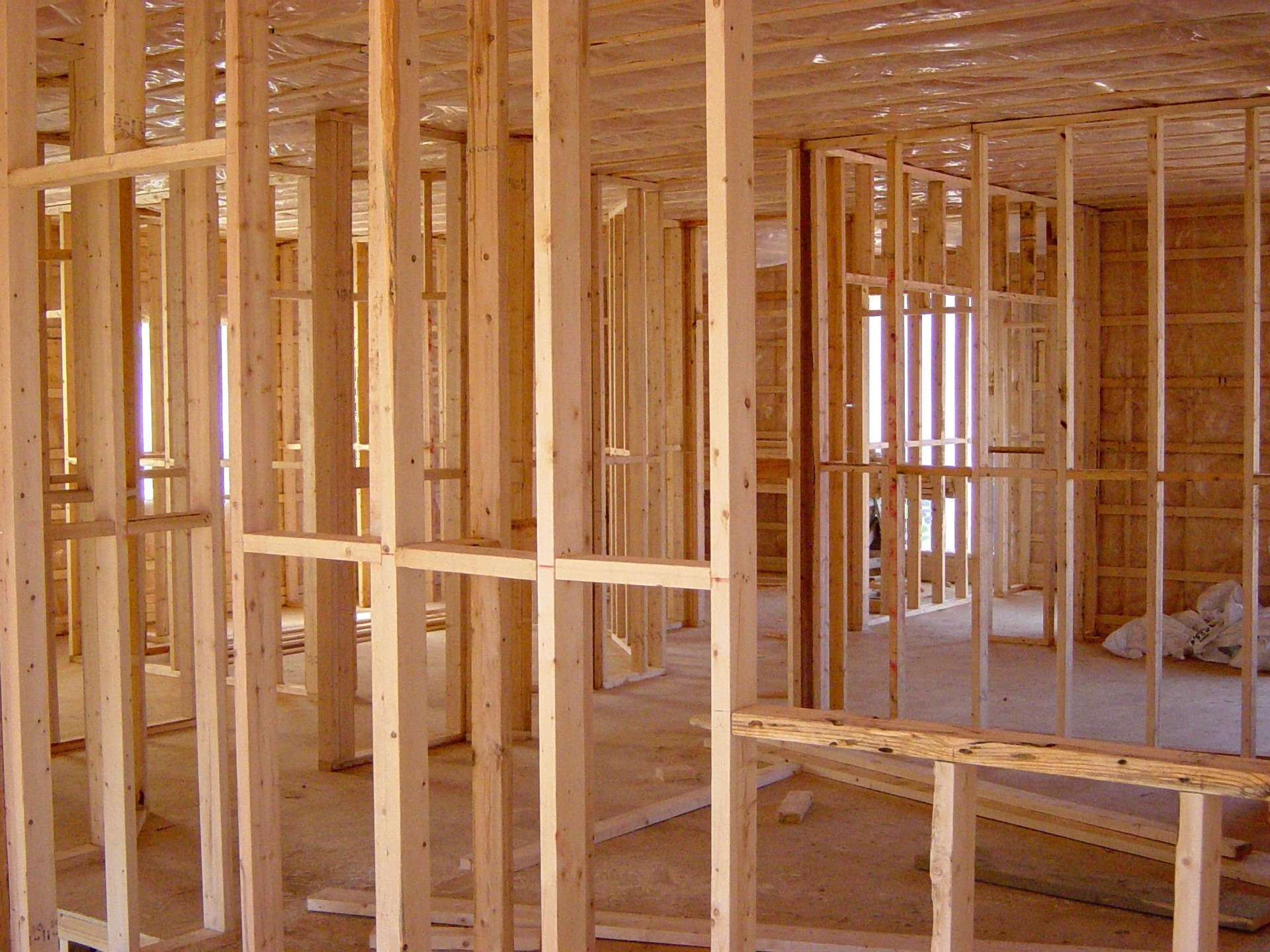
When the panels are dry and flattened, evaluate whether they can still be used. You’ll know if the plywood sheets are unsuitable for continued use if the layers of wood have started to split.
Remember, don’t continue construction of any kind with a plywood panel that’s still slightly wet. It can cause moisture to spread to other plywood panels, particularly if the construction will take several weeks or months to finish.
Using wet plywood can cause the structure to collapse inwards, especially if heavy pressure is applied (like when building a shed). Working with wet plywood can also lead to problems fixing nails or screws securely.
10. Seal With a Suitable Finish
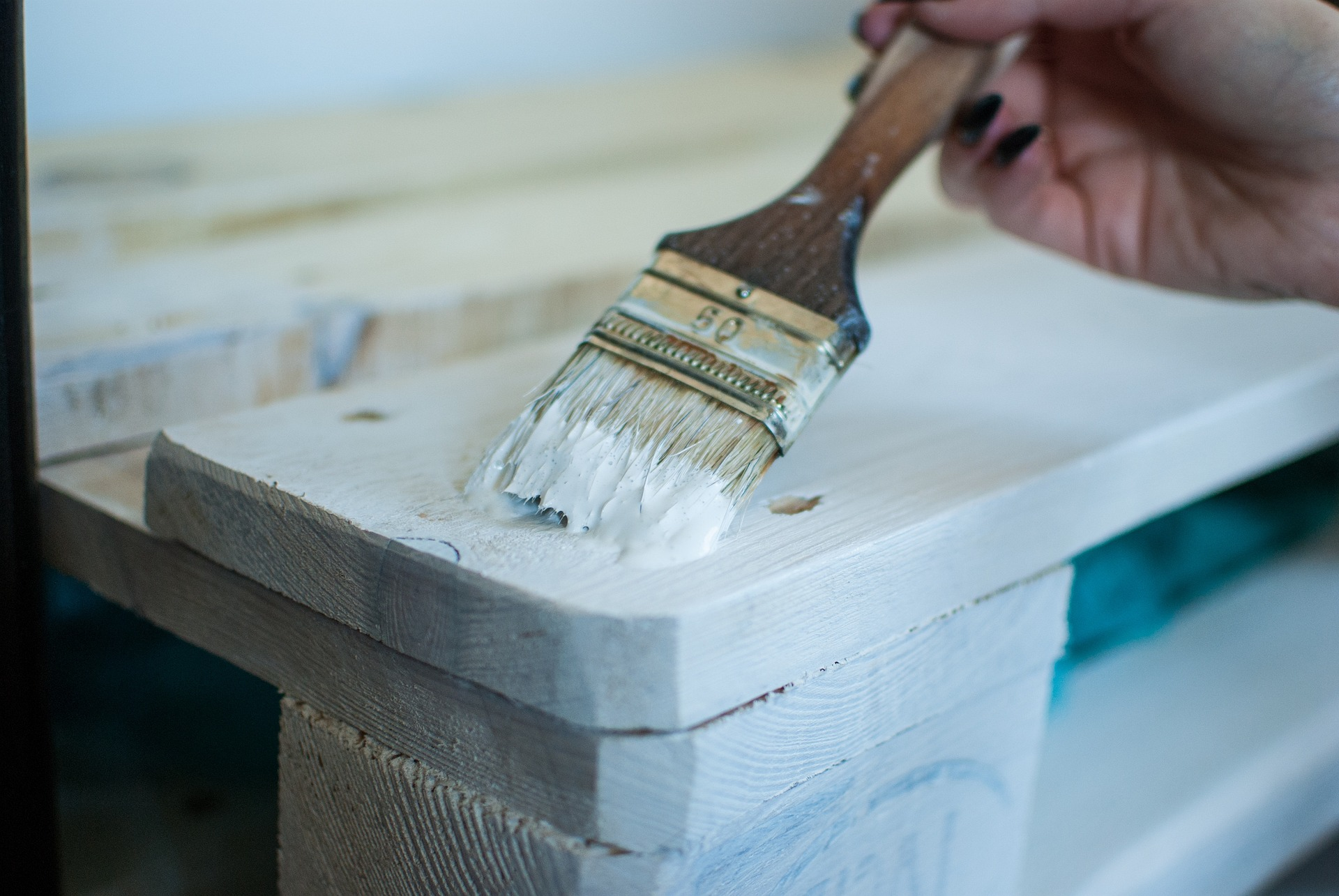
Once wet plywood has been fully dried, it can still be used as normal. However, it’s important to seal plywood properly to protect the surface and prevent water damage in the future.
To waterproof untreated plywood and seal any cut edges, use epoxy or polyurethane. To finish the surfaces and make plywood look nice, use paint, stain, varnish, or lacquer.
Summary
Saving wet plywood is possible, provided the wood veneers are dried as quickly as possible after water exposure.
The quicker plywood is dried, the more chance there is of protecting its structural integrity. Prevention is better than treatment, so efforts should be made during construction to protect plywood from moisture.
Too much moisture in the wood veneers can lead to warped plywood. When this happens, steps should be taken to flatten plywood before using it in construction.

